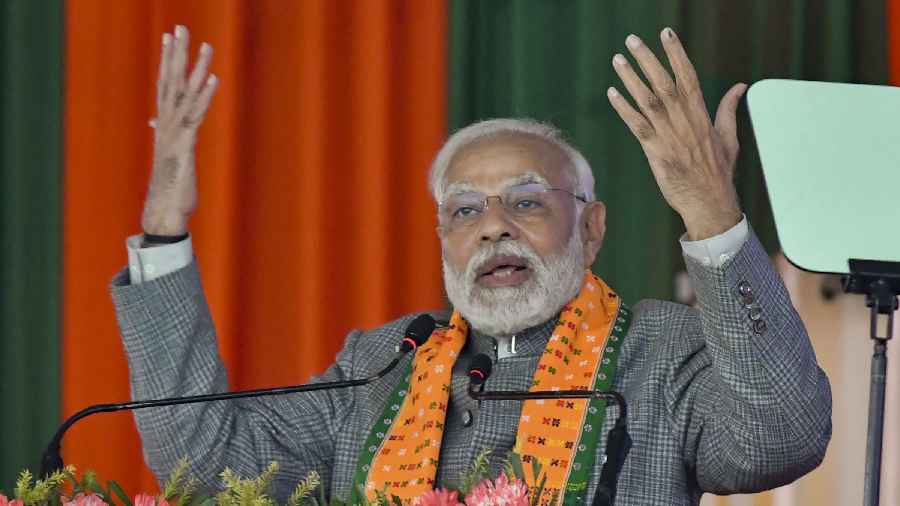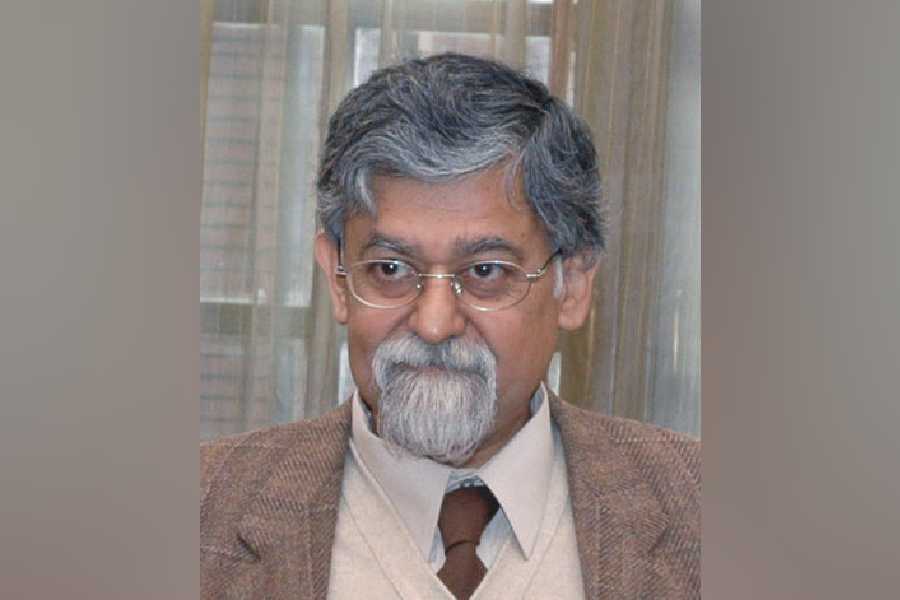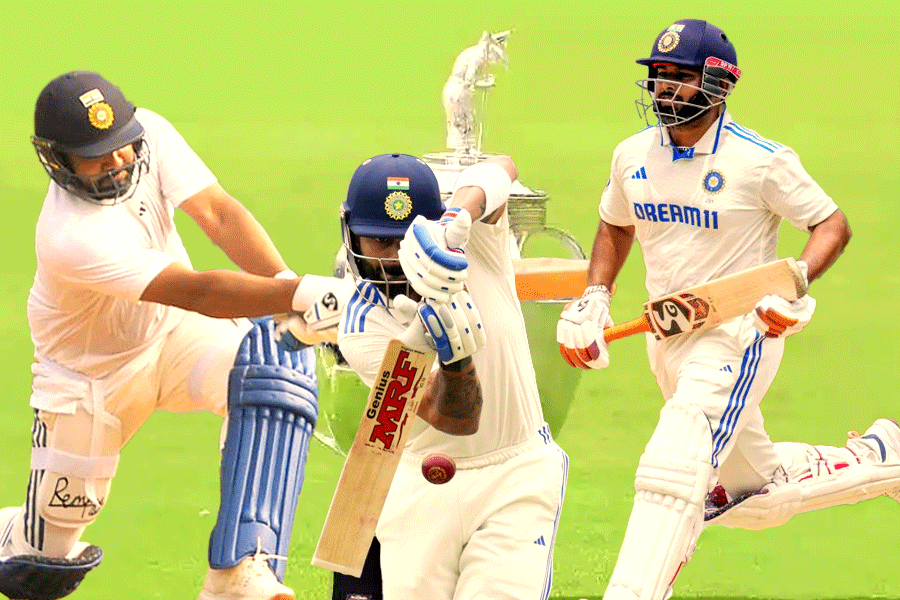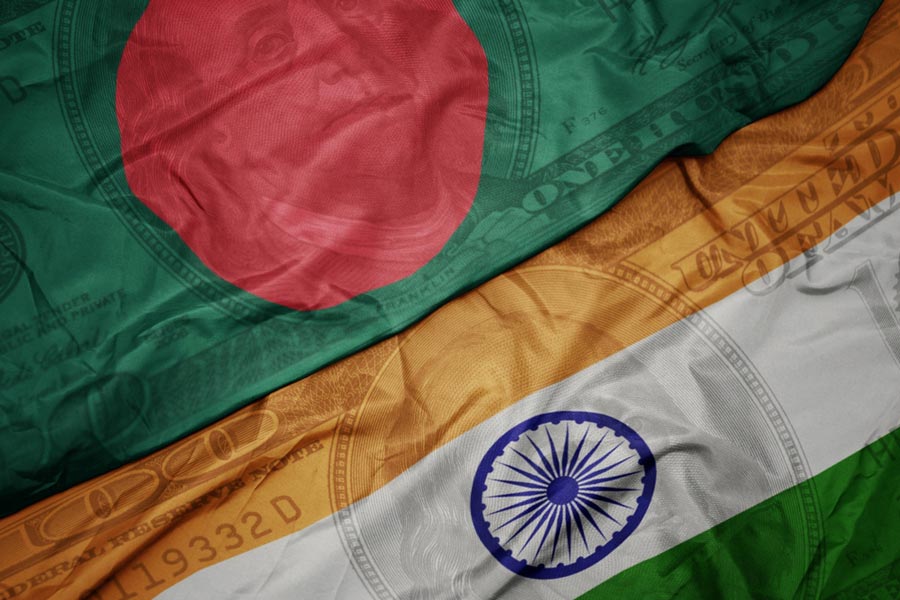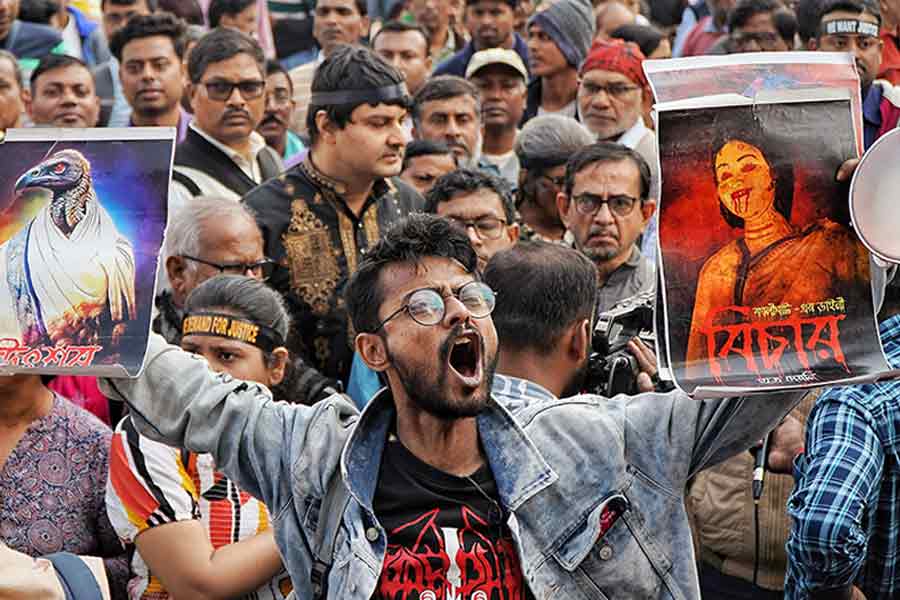One of the allegations that has been raised, time and again, by members of the Opposition is that there are, at the moment, two Indias under Narendra Modi’s watch. And that one is used to conceal the existence of the other. But the ruse need not work on every occasion. Consider a recent chain of events. Last week, while addressing foreign tourists virtually on a river cruise, the prime minister extended a warm welcome to, what he claimed is, an ‘inclusive India’. Yet, on the same day, the claim was being tested — exposed — albeit in a different setting by the Supreme Court. A bench headed by the Chief Justice of India rapped the Delhi Police on the knuckles for its delay in acting on charges of hate speeches that were reportedly delivered at a Dharam Sansad in New Delhi where men and women pledged to take up arms and even kill for the sake of Hindu rashtra. On the same day, a different bench of the highest court described hate campaigns on television as a “complete menace”, suggesting orally whether television anchors should be taken off air for spouting poison.
That the fabric of cohesion that has held the country together is under tremendous duress is beyond doubt, notwithstanding Mr Modi’s attempts to disprove this through his periodic claims of inclusion. Had hatred not been injected into India’s air, the Congress’s Bharat Jodo Yatra would not have yielded such a spirited response. India’s ranking on credible registers of communal amity has also witnessed a perceptible decline. Despite these obvious manifestations of deterioration, the discourse on hate speech often lends its weight to the drafting of a new, formal, targeted legislation. This is unnecessary. For instance, Sections 153A and 505 of the Indian Penal Code provide necessary deterrents when it comes to tackling inflammatory content. The real tardiness lies with the implementation of these laws. Lethargic interventions on the part of the administration and the police, as has been the case with the Dharam Sansad in Delhi, have ended up emboldening the mischief-makers. There is, of course, another willing enabler — the media. The complicity of these agencies can be attributed to the whip wielded by their political masters. The cleansing must, therefore, be holistic, with the leaching of the poison beginning at the top.

